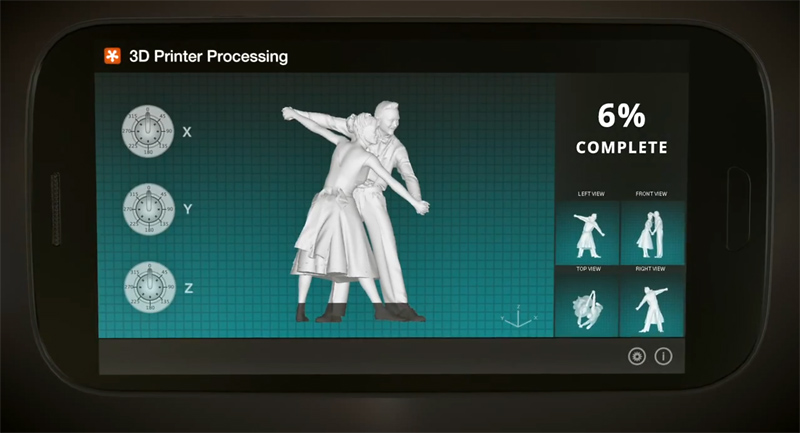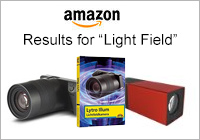NOAA Looking to Dive into Light Field Imaging of Fish
 LightField technology has a wide potential field of applications, which we’ve only recently begun to explore. One of these applications, which may soon be realized, is the 3D imaging of fish for scientific use:
LightField technology has a wide potential field of applications, which we’ve only recently begun to explore. One of these applications, which may soon be realized, is the 3D imaging of fish for scientific use:
The US National Oceanic and Atmospheric Administration (NOAA) has recently filed a statement of need notice for the development of an “underwater LightField camera system for single camera 3D imaging of fish” (WRAD-13-02577).
Looking at the specific camera requirements, it’s clear that the NOAA have a clear idea of what they want. At this stage, however, there’s no information about the precise application of the LightField pictures and video that the agency is hoping to record.
Details of the statement:
PURPOSE:
This equipment will be used to develop an underwater light field (plenoptic) camera system for single camera 3-dimensional imaging of fish. This equipment fulfills requirements specified in the fully funded ASTWG proposal.TECHNICAL SPECIFICATIONS:
This light field camera must to have industrial control via Giga Ethernet, be delivered with interfacing control software, a software development kit (SDK), and a high speed processing machine for image analysis and post processing/refocusing.The camera itself needs to have the following specifications:
- Industrial control capabilities for remote operation.
- Frame rate: 25fps minimum
- Light Field resolution: 4.2 Megarays
- Micro Lens Diameter resolution: 23 pixel/micro lens.
- Resolution: 2048 x 2048
- 3-D Resolution: Up to 200 discrete depth layers.
- 35mm lens with f/2.4 optics
The processing machine
- Software development Kit (SDK) / Application programming interface (API) for MS windows.
- High speed Graphical Processing unit. Graphics card must support NVIDIA CUDA with computing capability 1.0 or higher
DELIVERABLE SCHEDULE:
4 weeks after receiving order
Specific business information from interested potential contractors, including business details and proof of know-how, can be submitted until May 20, 2013.
Update: As reader Craig Kolb pointed out, the specs are tailored to the Raytrix R5 Plenoptic Camera.








7 Responses